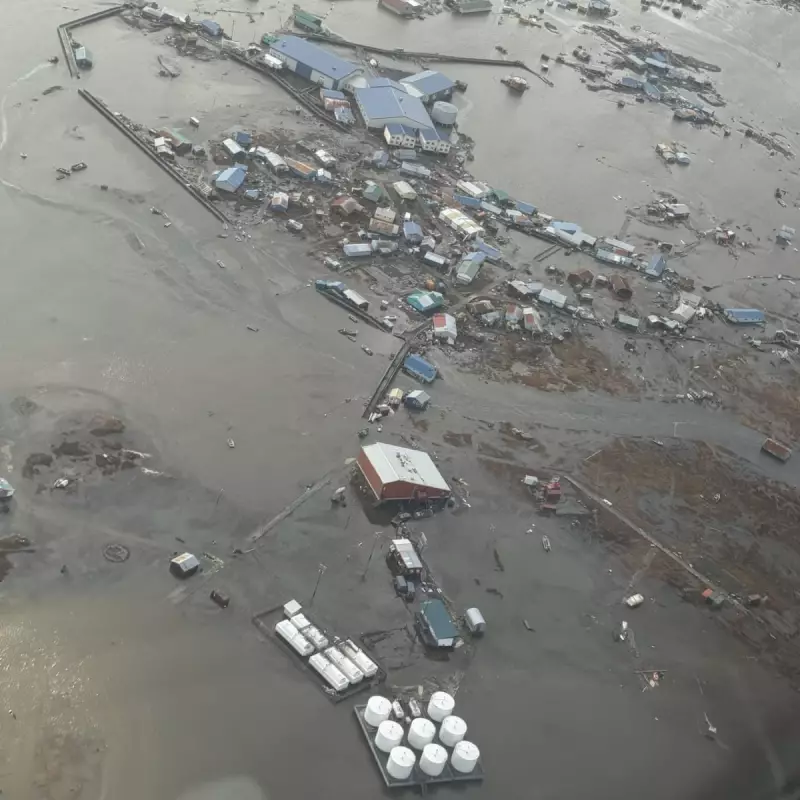
The American state of Alaska is facing an unprecedented natural disaster recovery operation after Typhoon Haikui unleashed catastrophic damage across its coastal communities. The rare tropical system, which made landfall with surprising force, has left authorities grappling with one of the most challenging weather-related emergencies in the state's history.
A State Unprepared for Tropical Fury
What makes this storm particularly remarkable is Alaska's typical immunity to tropical weather systems. The cold northern waters normally dissipate typhoons long before they reach Alaskan shores. Yet Haikui defied all expectations, maintaining its intensity to deliver a weather event that climate scientists describe as "historically extraordinary."
Emergency response coordinator Mark Johnson didn't mince words: "We train for earthquakes, volcanic eruptions, blizzards - but a typhoon? This was beyond our worst-case scenario planning."
The Human Cost Emerges
Initial damage assessments paint a grim picture:
- Thousands of residents remain without electricity, with some remote communities facing potential weeks-long waits for restoration
- Critical infrastructure including roads, bridges, and communication networks has suffered severe damage
- Coastal villages have experienced significant flooding, with many homes and businesses sustaining structural damage
- The fishing industry, a vital economic pillar for the region, has been dealt a devastating blow with harbour facilities destroyed and vessels damaged
The Geographic Challenge of Recovery
Alaska's vast size and rugged terrain are complicating rescue and recovery efforts in ways rarely seen in natural disasters. Many affected communities are accessible only by air or sea, creating logistical nightmares for delivering emergency supplies and repair crews.
"We're dealing with a disaster response on hard mode," explained National Guard spokesperson Sarah Chen. "What would be a straightforward delivery in the lower forty-eight states becomes a complex aerial or marine operation here."
Climate Change Questions Loom Large
Meteorologists are increasingly pointing to warmer ocean temperatures as the likely culprit behind Haikui's unexpected trajectory and maintained strength. The storm's ability to survive much further north than typical tropical systems has raised urgent questions about whether Alaska needs to reconsider its disaster preparedness protocols.
University of Alaska climate researcher Dr Elena Petrov noted, "We're witnessing weather patterns that our climate models predicted for 2050, not 2025. This isn't just an anomaly - it's a warning shot."
As recovery efforts continue, officials warn that the road to normalcy will be long and extraordinarily expensive. The state government has already begun the process of seeking federal disaster assistance, while local communities are banding together in remarkable displays of resilience and mutual aid.





